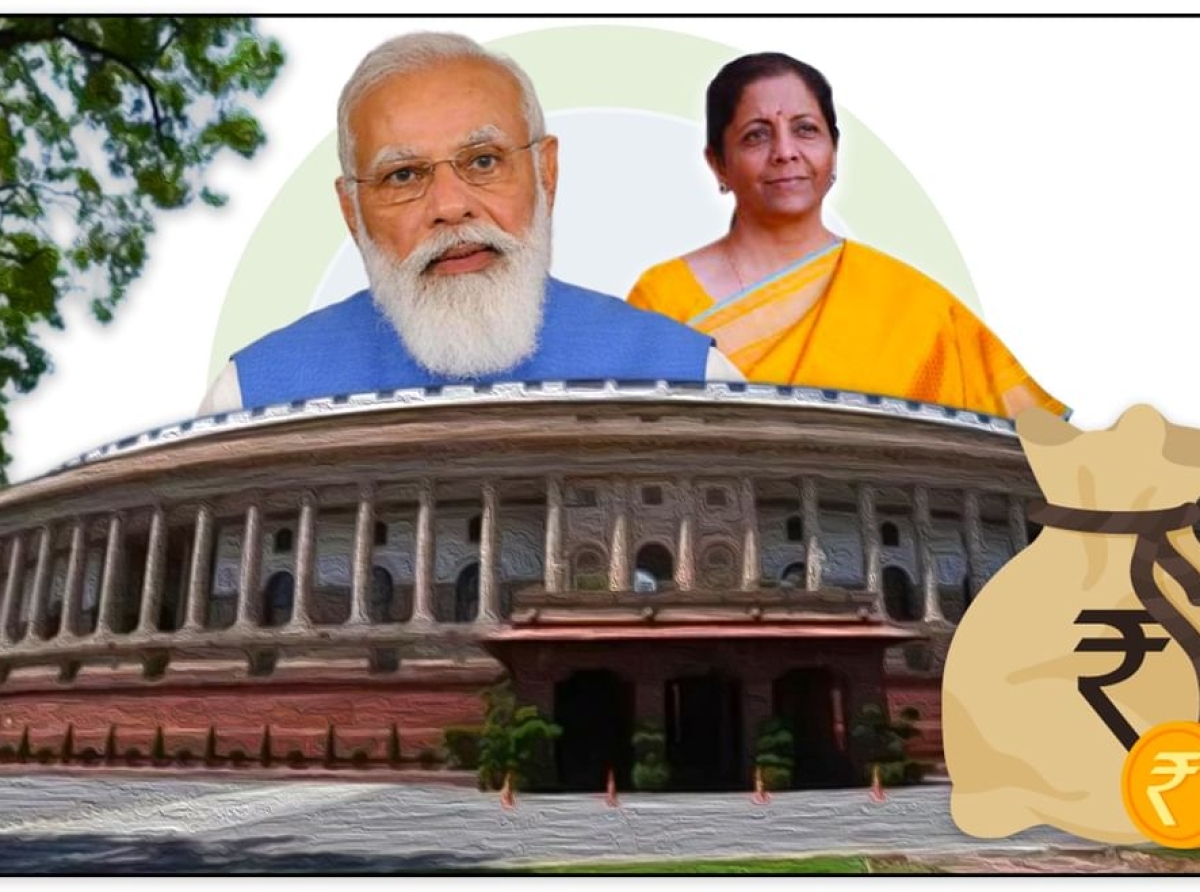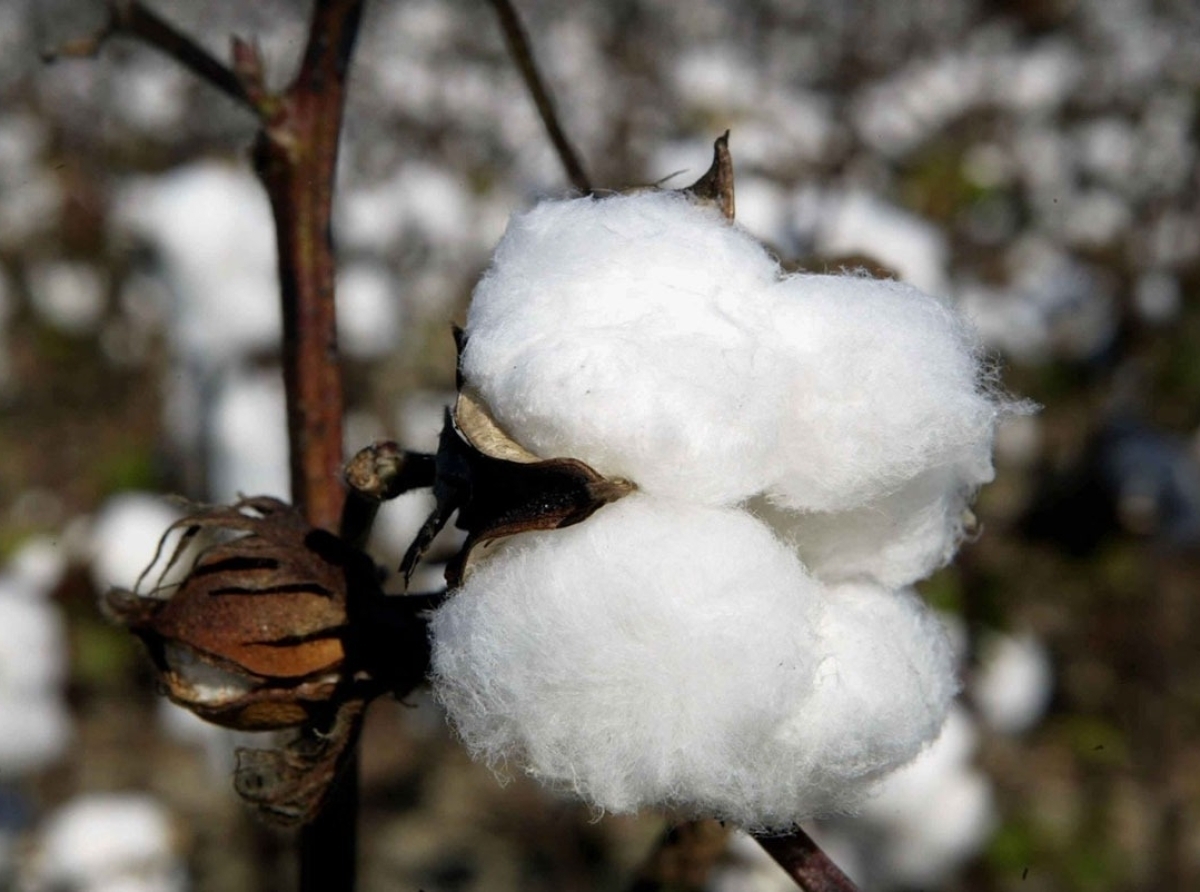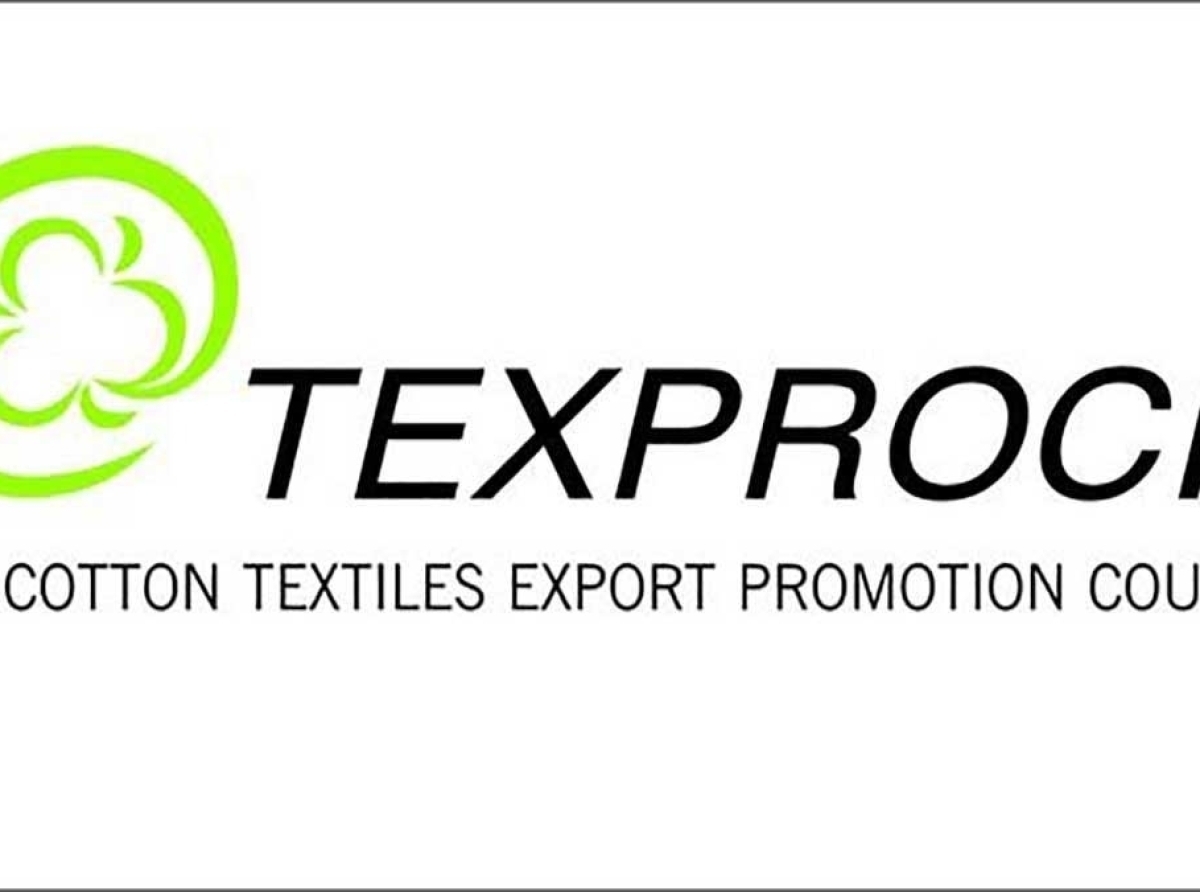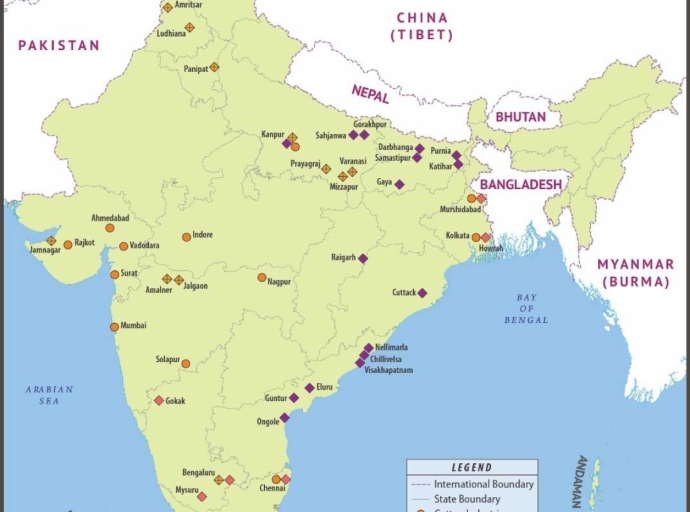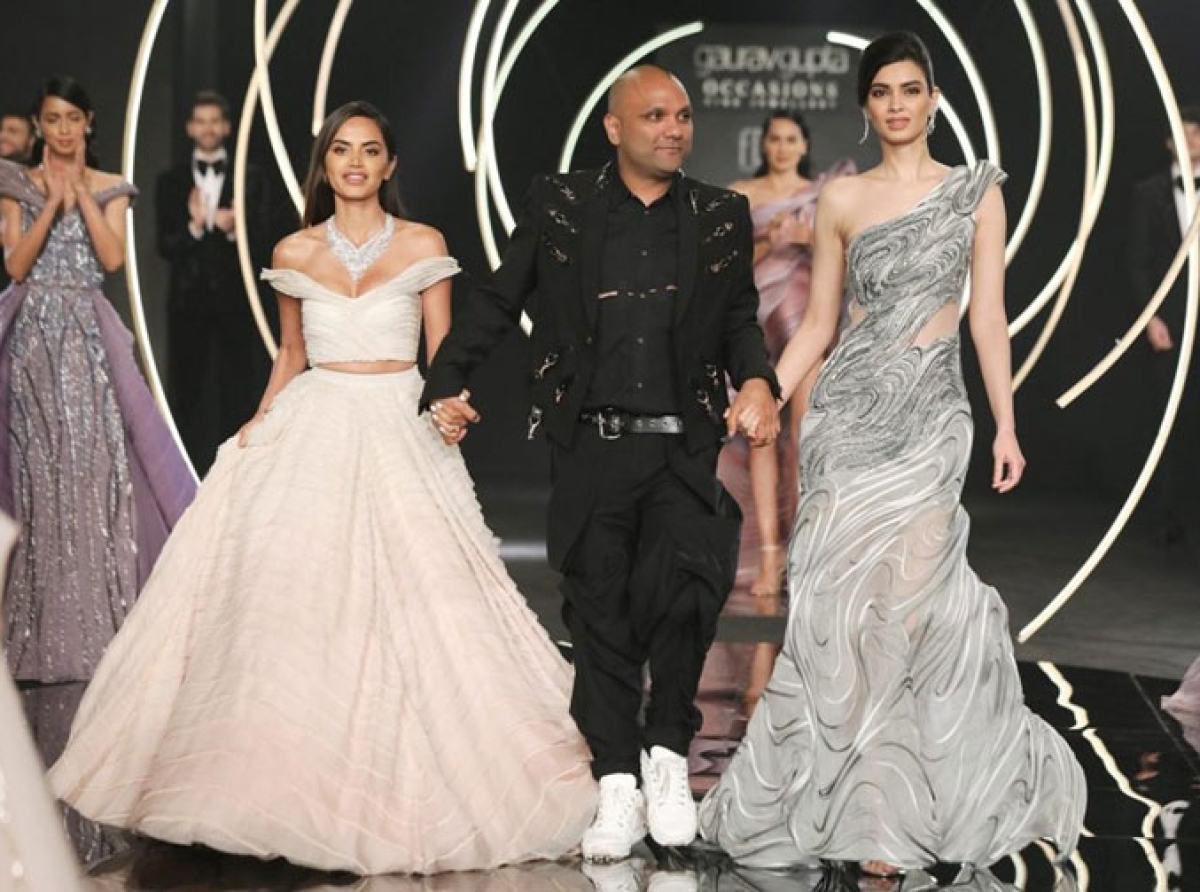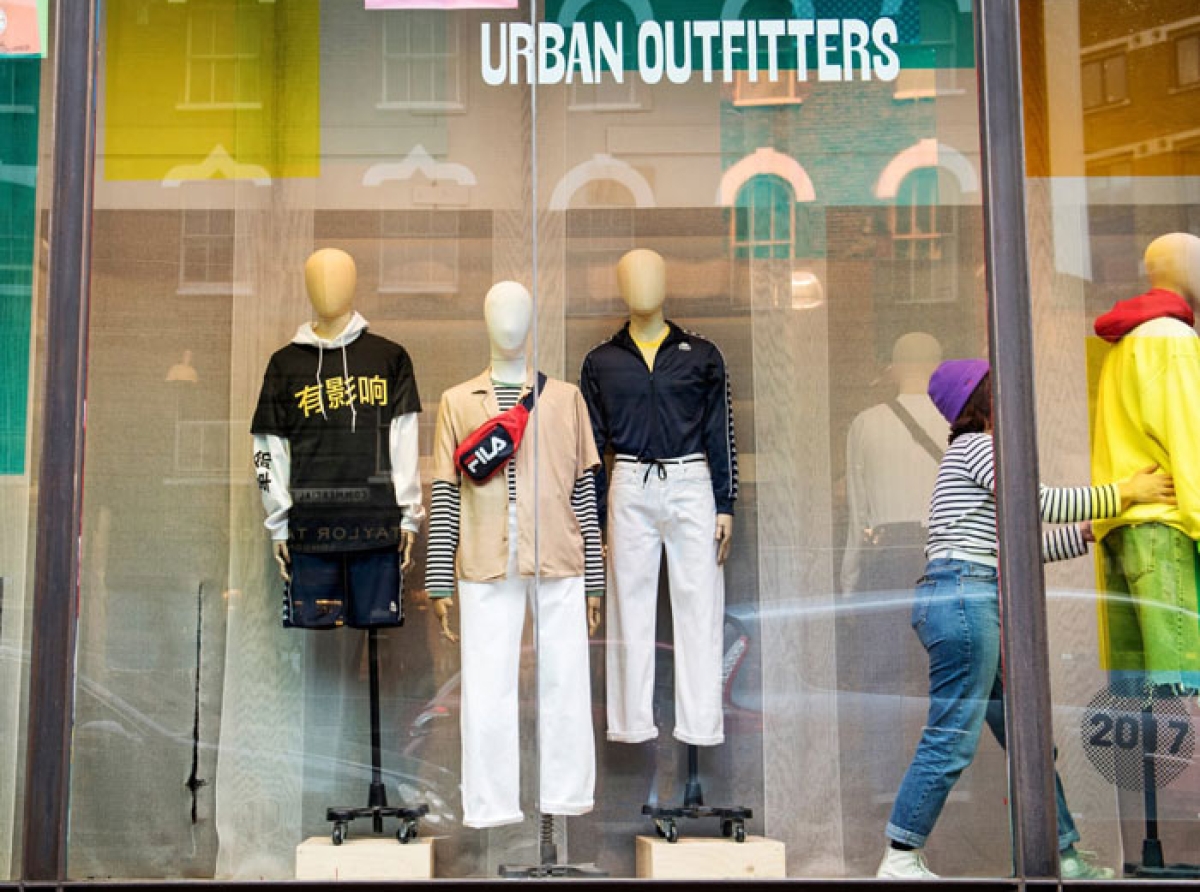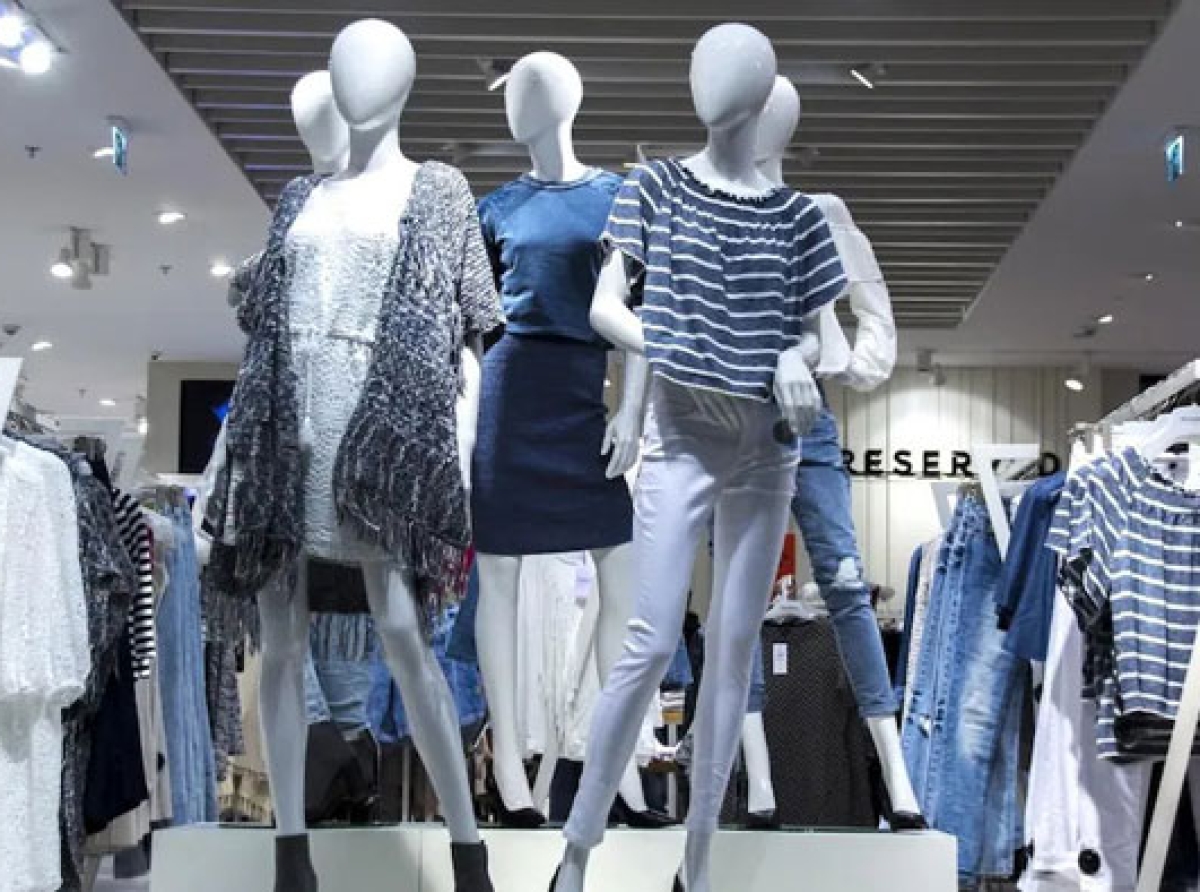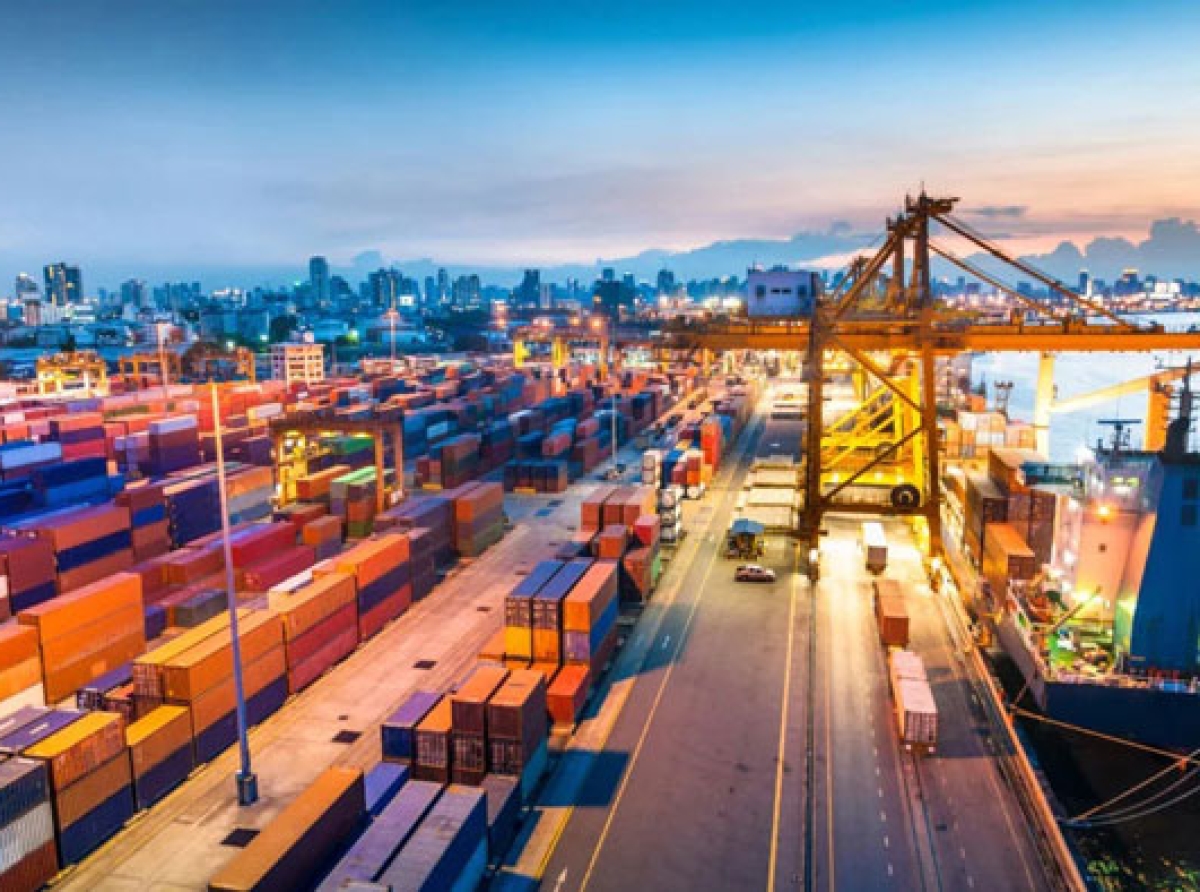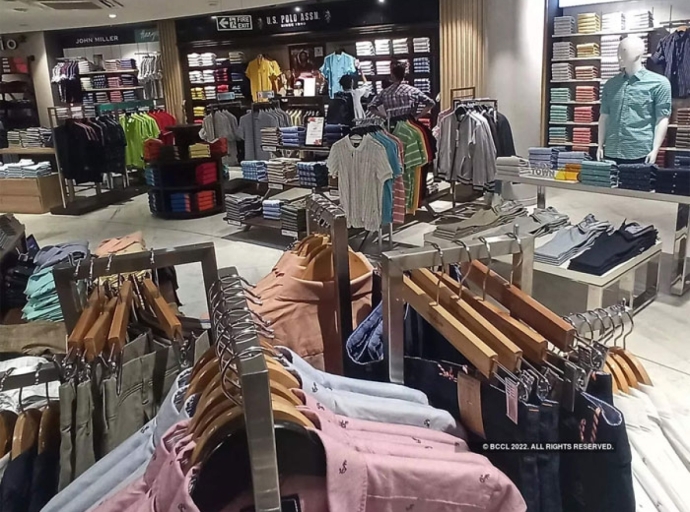22 July 2022, Mumbai:
China Penalty Tariffs on Finished Textiles & Apparel Give U.S. Companies a Chance to Compete and are a Powerful Trade-Negotiation Tool, NCTO Tells U.S. International Trade Commission.
Section 301 penalty tariffs on finished Chinese textile and apparel imports give American manufacturers a chance to compete and provide trade officials with an essential trade negotiation tool, the National Council of Textile Organizations (NCTO) told a key government panel today in a formal written submission.
Removing them, the association said, would reward China, put U.S. manufacturers at a competitive disadvantage and do nothing to reduce inflation.
ALSO READ China loses 2nd biggest export market tag for "Indian Cotton Yarn"
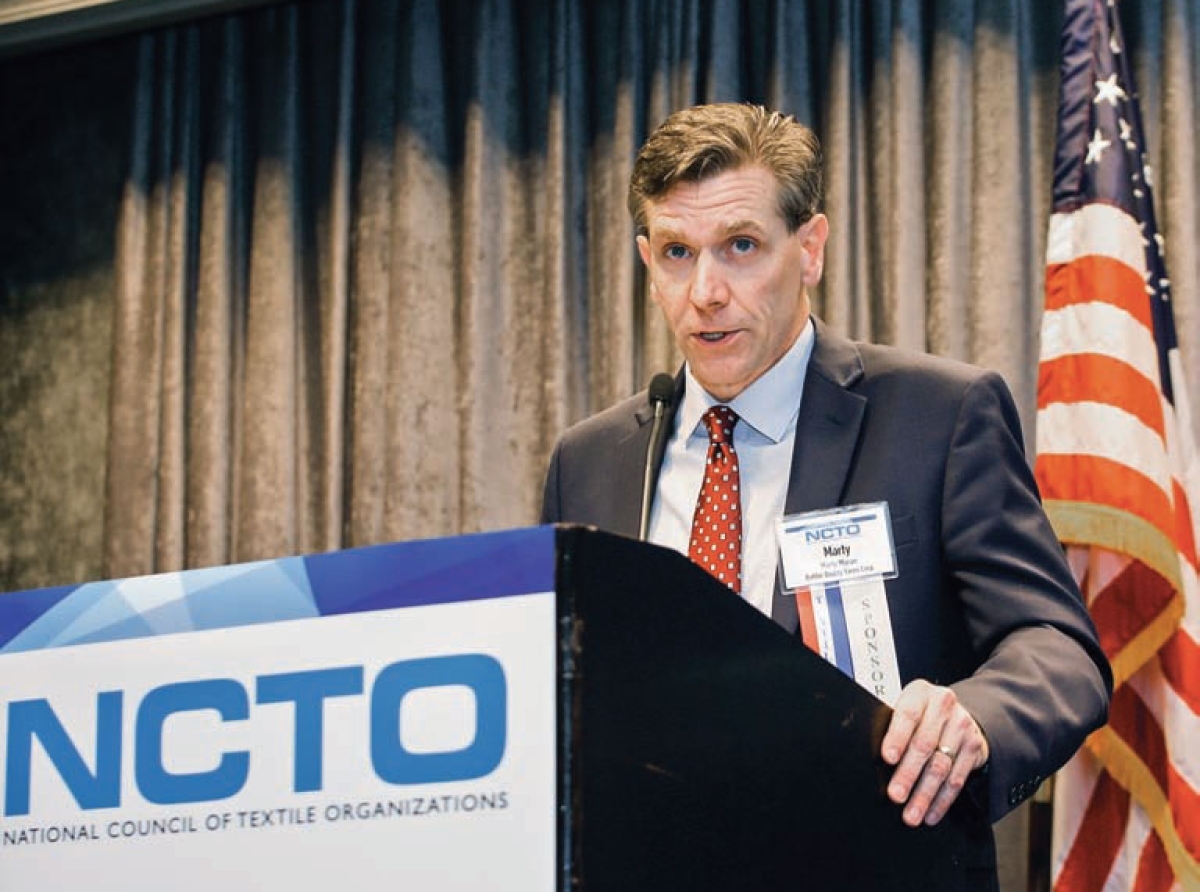
Those were among the key points outlined by NCTO President and CEO Kim Glas in a written testimony submitted to the U.S. International Trade Commission during three days of hearings on the economic impact of Section 301 China tariffs and Section 232 steel tariffs on U.S. industries.
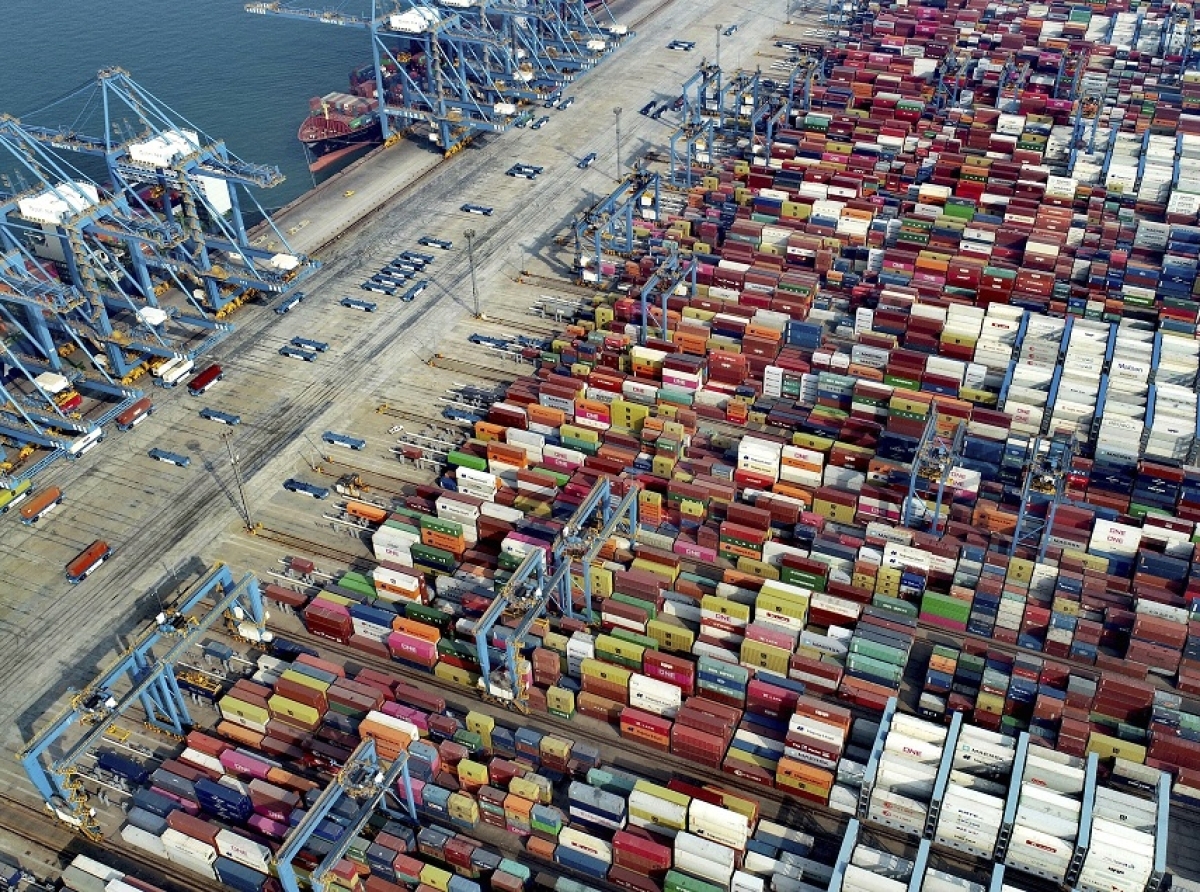
ALSO READ Russia: As western fashion businesses pull out it looks to China & India
The 301 penalty tariffs should be maintained “absent substantive improvements in China’s pervasive, predatory trade practices,” Glas said in her testimony. China’s illegal actions “have put U.S. companies at a serious disadvantage, and tariffs give American manufacturers a chance to compete.”
Glas noted that U.S. trade officials have “stressed that the penalty tariffs also create leverage and are a ‘significant tool’ in ongoing negotiations with China.”
RELEVANT NEWS Anti-China Sentiments: Indian Textile Sector Is In A Sweat-spot
While some advocates for lifting the tariffs point to concerns about inflation, Glas said, “canceling these penalty duties would do little to ease Americans’ inflationary pains.” She also noted that “apparel prices out of China continue to hit rock bottom even with the Section 301 tariffs in place.
As detailed in an economic study recently released by Werner International, U.S. import prices for apparel from China have dropped 25 percent since 2019 and 50 percent since 2011.”
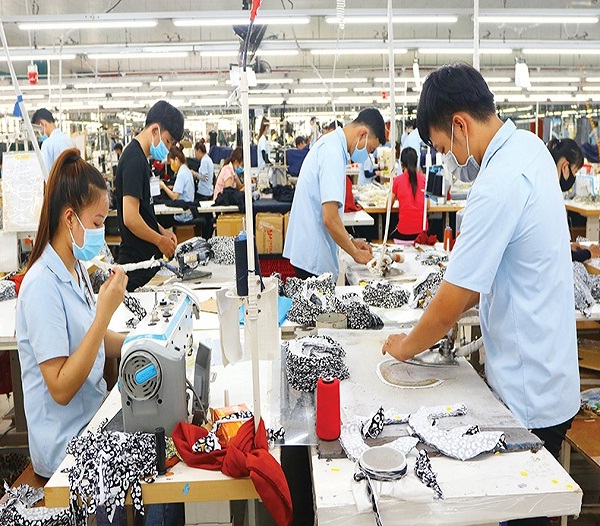
RELEVANT NEWS How Real Is the Shift Of Apparel Orders From China To Vietnam
Glas also warned that lifting the tariffs would have “a substantial negative ripple effect” on U.S. free-trade agreements, including undermining those with Western Hemisphere partners that have established shorter coproduction supply chains and serve other U.S. and regional interests.
The Section 301 tariffs were first imposed in 2018 in response to China’s persistent violations of intellectual property rules. By law, they are now under review.
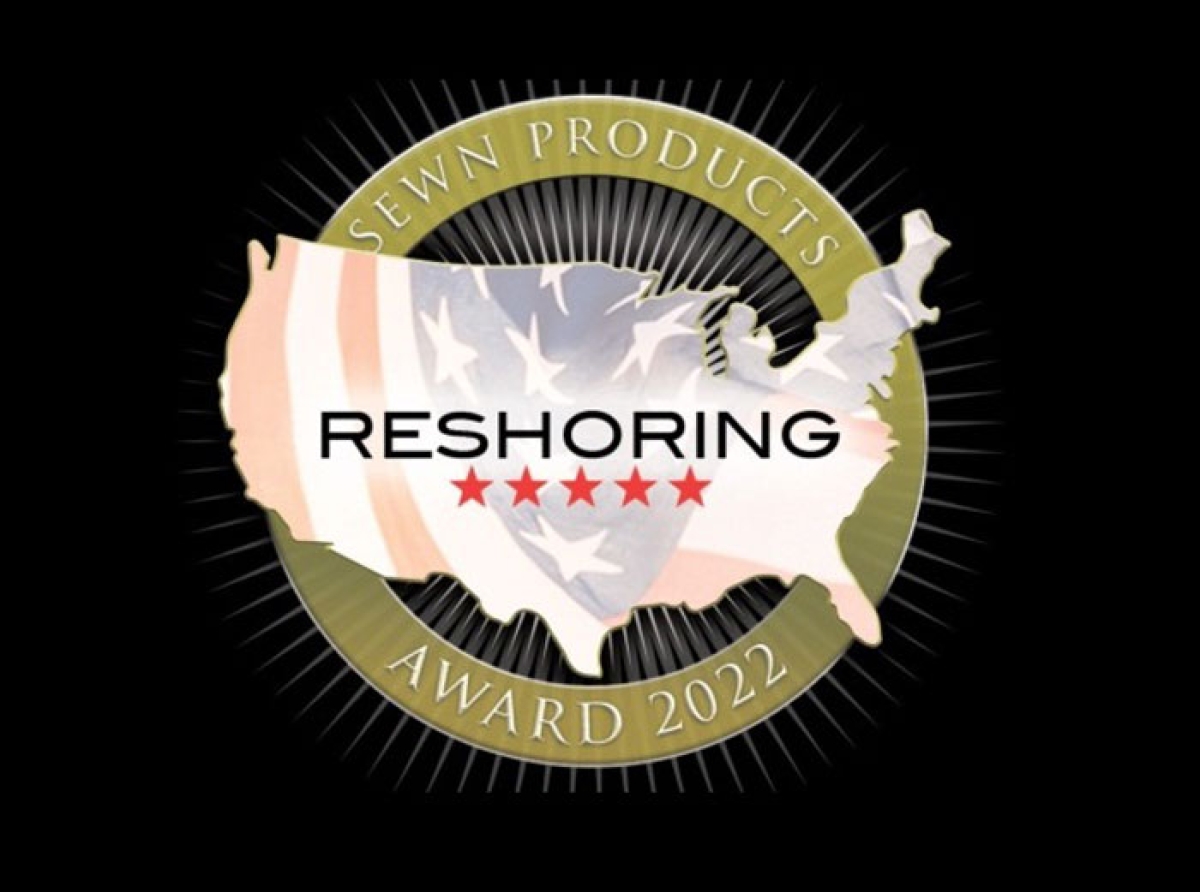
RELEVANT NEWS Covid Induced Supply Chain Constraints Of China And Its Impact On the Textile Sector
NCTO represents the full spectrum of the U.S. textile industry, from fibers to finished sewn products.
NCTO is a Washington, DC-based trade association that represents domestic textile manufacturers.
_large.jpeg)
RELEVANT NEWS (China + 1) Strategy: Driving Global T&A Supply Chains
U.S. employment in the textile supply chain was 534,000 in 2021.
The value of shipments for U.S. textiles and apparel was $65.2 billion in 2021.
U.S. exports of fiber, textiles, and apparel were $28.4 billion in 2021.
Capital expenditures for textiles and apparel production totaled $1.85 billion in 2020, the last year for which data is available.
Join our community on Linkedin

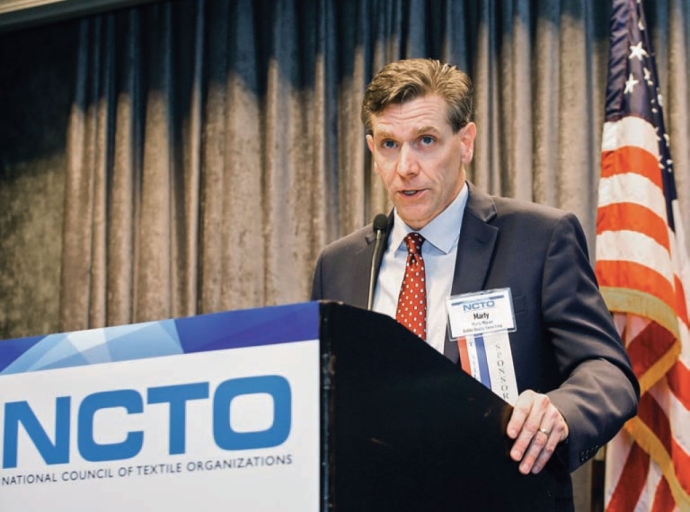



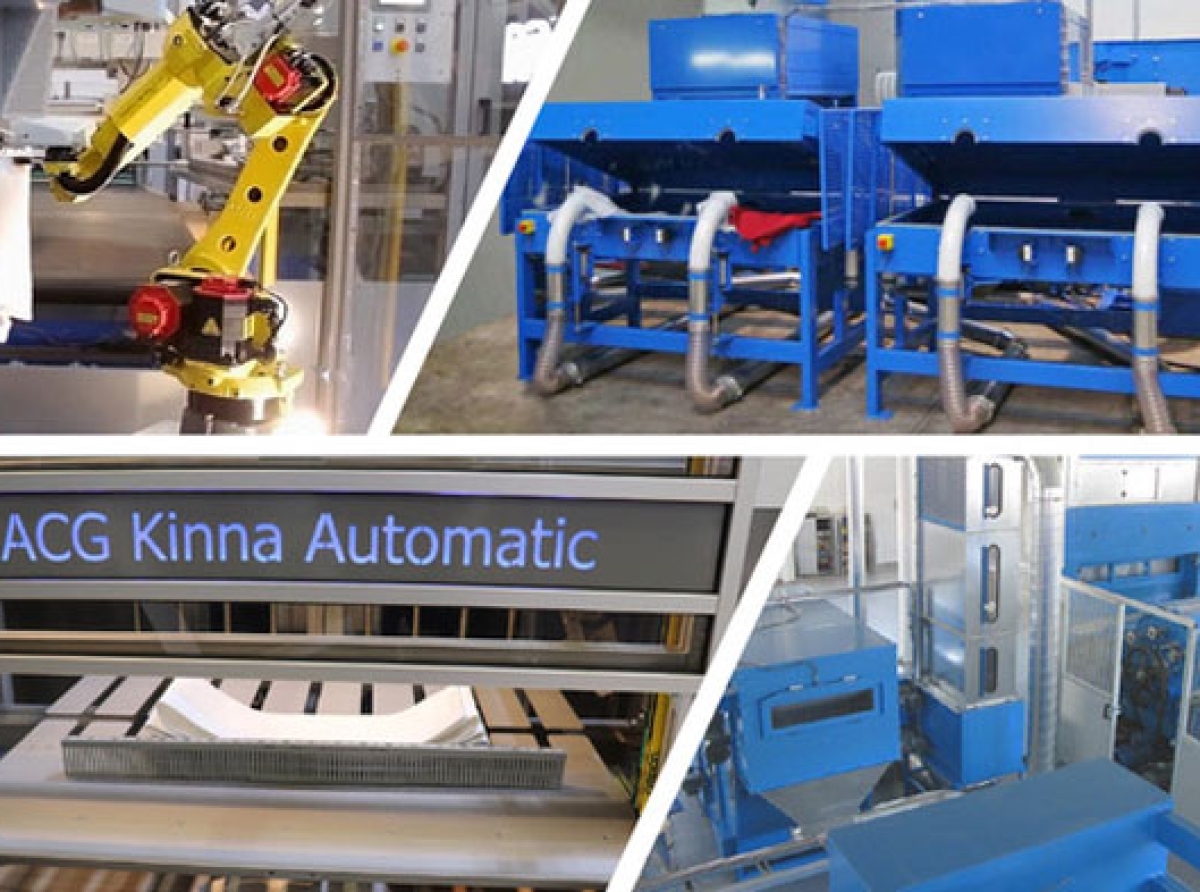
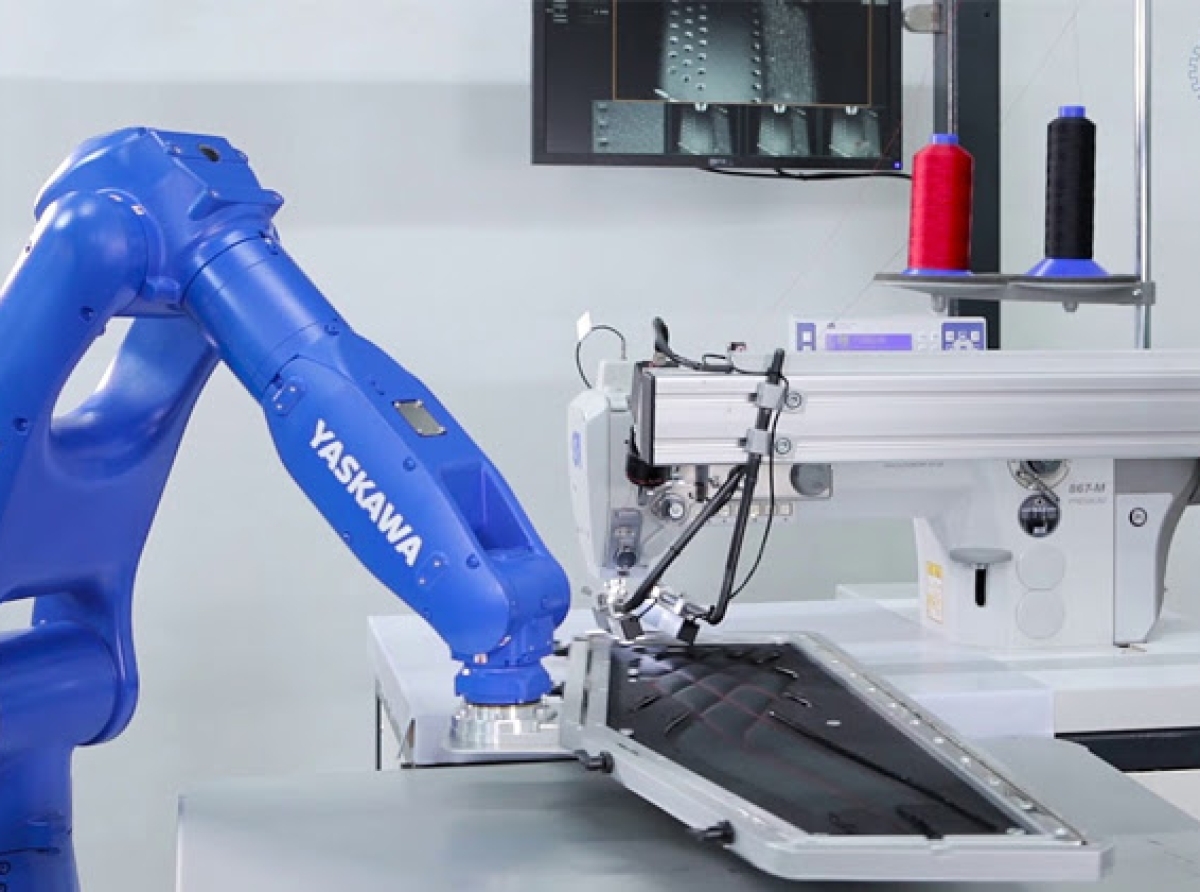






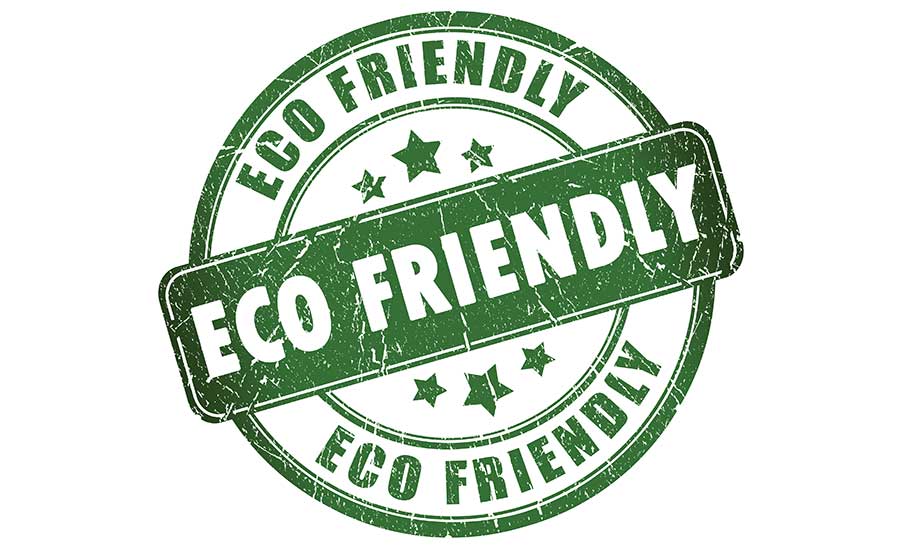
_large.jpeg)


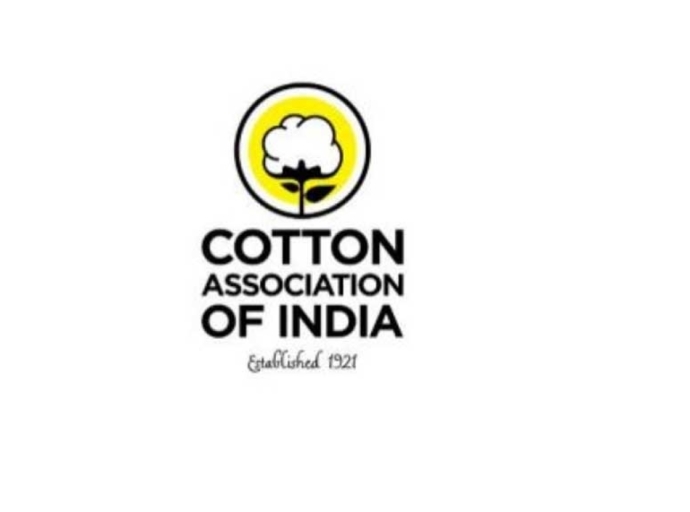



_large_large.jpg)

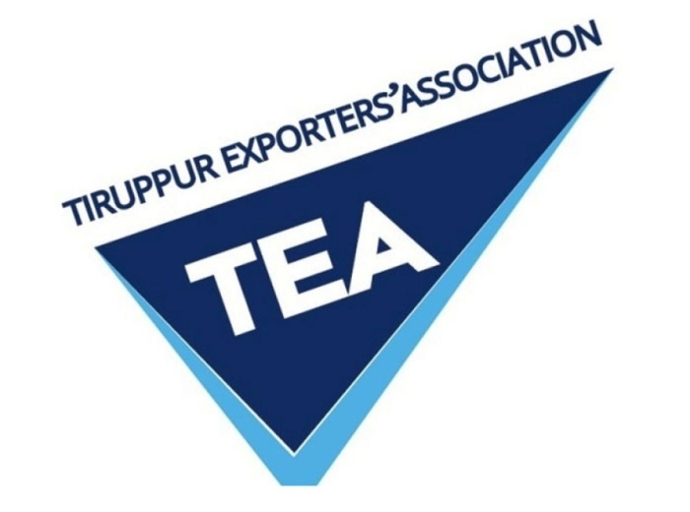
_large.jpeg)
